Daniel, in chapter 7, tells us he has a rather disturbing dream one night involving four great animals.
Daniel is told what these animals represent:
17 ‘These great animals, which are four, are four kings, who will arise out of the earth. 18 But the saints of the Most High will receive the kingdom, and possess the kingdom forever, even forever and ever.’
He starts by telling us about the first beast:
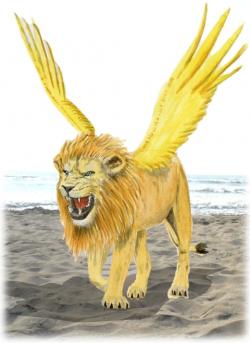
4 “The first was like a lion, and had eagle’s wings. I watched until its wings were plucked, and it was lifted up from the earth, and made to stand on two feet as a man. A man’s heart was given to it.
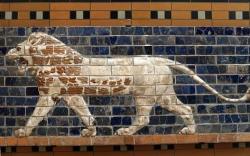
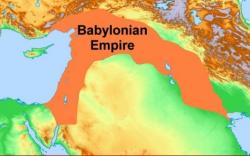
We have a big clue as to which nation the lion with eagles' wings represents. A lion is a symbol that the Babylonians used. Lions are to be seen on the Ishtar Gate, one of the eight gates to the inner city of ancient Babylon. A reconstruction of the Ishtar Gate using original bricks is in Berlin’s Pergamon Museum.
Then he describes the second beast:
5 “Behold, there was another animal, a second, like a bear. It was raised up on one side, and three ribs were in its mouth between its teeth. They said this to it: ‘Arise! Devour much flesh!’
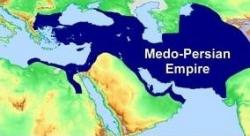
The Babylonian empire was conquered by the Medes. Soon after the conquest the Persians took control of the empire. The Persians under Cyrus the Great expanded the empire to span three continents. The Bear is raised up on one side indicating the transfer of power from the Medes to the more powerful Persians. The bear is told to "Arise, devour much flesh" indicating the vast increase in the size of the empire under the Persians.
The third beast then follows:
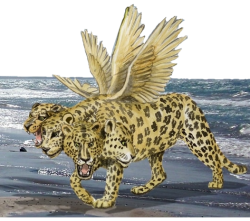
6 “After this I saw, and behold, another, like a leopard, which had on its back four wings of a bird. The animal also had four heads; and dominion was given to it.
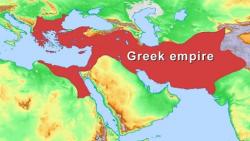
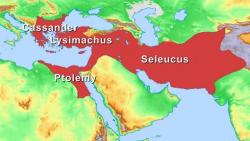
In 331 BC the famous Greek general Alexander the Great defeated the Persian army. This marked the beginning of the Greek empire. After Alexander's death the Greek empire was split by his four generals into four kingdoms. Ptolemy was given Egypt and adjacent territories. Seleucus was given Syria, Asia Minor, and the East. Lysimachus took control of Thrace and adjoining territories. Cassander ruled over Macedonia and Greece itself. This is indicated by the four heads and wings which the leopard had.
Finally he describes a very stange creature:
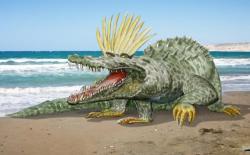
7 “After this I saw in the night visions, and, behold, there was a fourth animal, awesome and powerful, and exceedingly strong. It had great iron teeth. It devoured and broke in pieces, and stamped the residue with its feet. It was different from all the animals that were before it. It had ten horns.
It was around 150 BC that the Roman power began to eclipse the Greek empire.
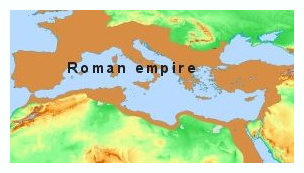
The Roman empire in its early years was a formidable power. For over 200 years (27 BC to AD 180) there was the "Pax Romana" during which there was an unprecedented period of peace because the Romans had defeated all opposing armies. Horns in the Bible are a symbol of power held by a ruler. The ten horns indicate that during the period of the Roman empire and beyond there would be several rulers vying for power. When the empire disintegrated there were many different rulers fighting for control of territories.

8 “I considered the horns, and behold, there came up amongst them another horn, a little one, before which three of the first horns were plucked up by the roots: and behold, in this horn were eyes like the eyes of a man, and a mouth speaking great things.
Daniel is then told that three of the horns would be replaced by another little horn which would speak great things. A power which arose from the Roman empire and makes great claims is the Roman Catholic Church.
These beasts tell a similar story to that told by the interpretation of the image of Nebuchadnezzar's dream.

